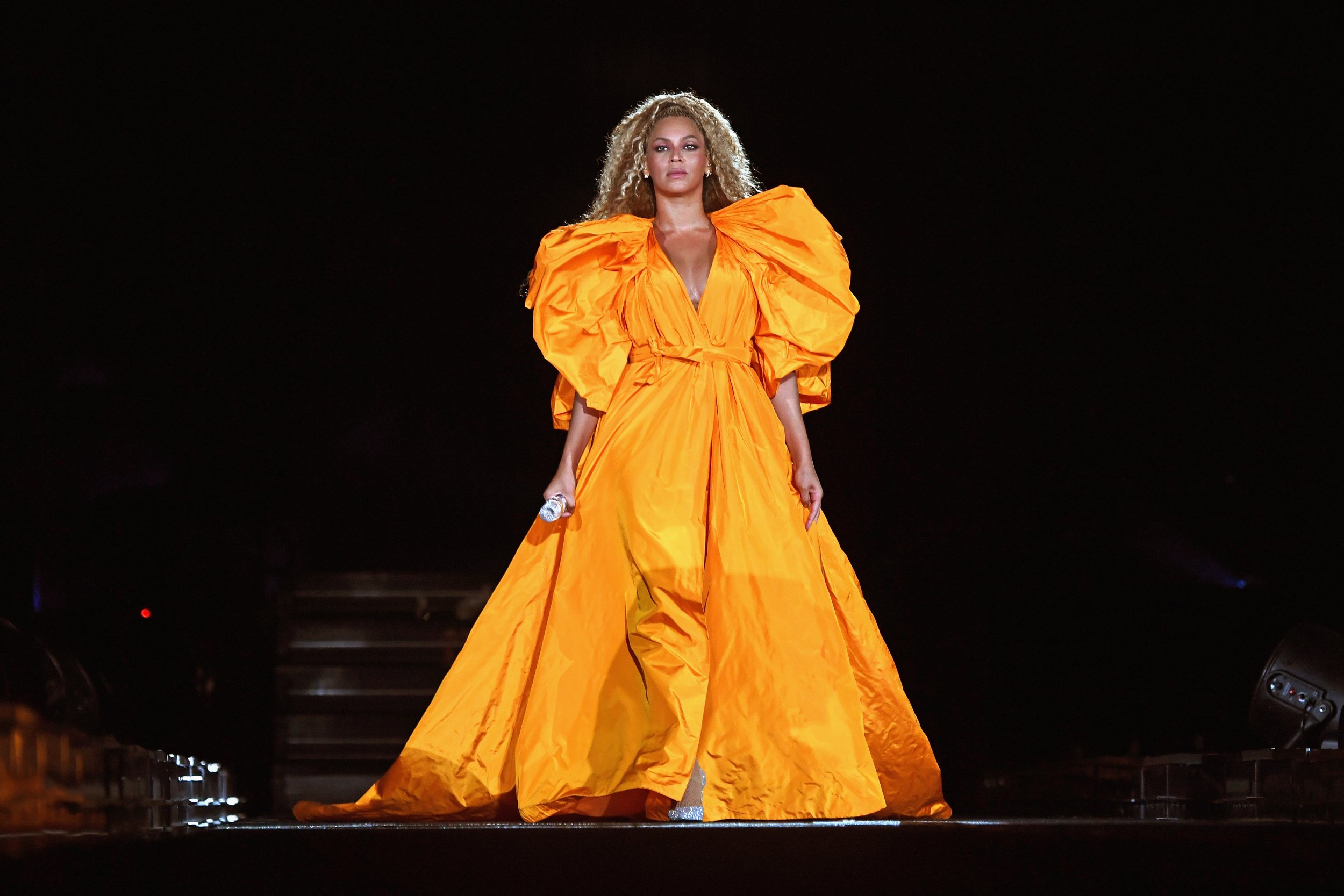

One major risk of the old-fashioned release strategy - which requires physical copies of the album to be produced far in advance - came to pass on Wednesday, when “Renaissance” appeared to leak in full online.

“She and her representation are recognizing that things have changed since her last album release, and she has to go full-court press,” said Rob Jonas, the chief executive of Luminate, the music data service behind the Billboard charts. Described by Beyoncé, 40, in an Instagram post last month as “a place to be free of perfectionism and overthinking,” the album is being positioned for mass consumer awareness and fan excitement, with four different boxed sets and a limited-edition vinyl version having already sold out on the singer’s website. “It matters to some degree, the singles or the albums or radio play, but what really matters is that they make us look in a new direction.”įrom the start, however, the rollout of “Renaissance” has been different - more transparent, more conventional. “There are people that exist in this world to shift the culture, to shift the vibe,” she said in an interview. “She’s still the leader of the culture, regardless of relatively minor data points in her world like album sales and radio play,” said Danyel Smith, the veteran music journalist and author of the recent “Shine Bright: A Very Personal History of Black Women in Pop.” Since then, there hasn’t been much about the formula for selling new music that Beyoncé hasn’t tweaked, disrupted or dismantled altogether. But for Beyoncé, who has spent the last decade-plus upending all conventions about how to market music, the rollout of “Renaissance,” her latest album due out Friday, is a striking shift - and perhaps a tacit acknowledgment that the game has changed.īefore “Renaissance,” Beyoncé’s seventh solo studio album, the last time the singer participated in such industry-standard baby steps, with “4” in 2011, President Barack Obama was still in his first term and a European music start-up called Spotify was just arriving in the United States. A magazine cover story, followed by a personal mission statement, a fresh social media account, a detailed track list and a merchandise pre-sale.įor most musicians, these are time-honored bullet points in the playbook for introducing a major new album. An album title and release date with plenty of notice.


 0 kommentar(er)
0 kommentar(er)
